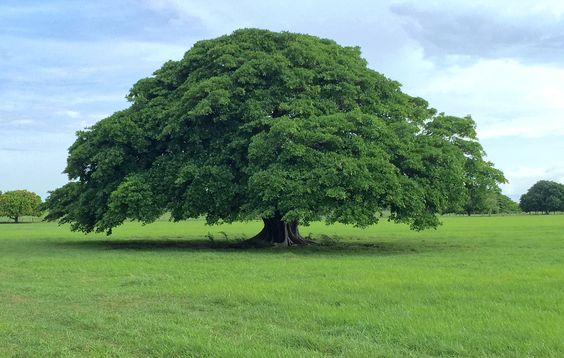Find Your Dream Live Edge Table: The Size Guide
Live edge tables have become a coveted furniture piece, adding a touch of organic beauty and unique character to any space. But with so many
Imagine a tree so vast its shade stretches like a protective hand across the sunbaked Costa Rican landscape. A tree whose roots witnessed the rise of civilizations, fueled a nation’s growth, and still inspires masterpieces today. This is the story of Guanacaste wood – a tale woven into the very fabric of Costa Rica.
The sprawling beaches and lush rainforests of Costa Rica’s Guanacaste province immediately capture the imagination of any visitor. Yet behind this natural beauty lies a rich history intertwined with a particular and iconic tree – the Guanacaste. In fact, the province itself gets its name from this majestic giant.

The Tree that Defines a Region
The Guanacaste tree (Enterolobium cyclocarpum) is legendary. Known for its massive size and expansive, umbrella-like canopy, it offers respite from the scorching sun for humans and animals alike. It’s not just the shade that makes the Guanacaste so significant – its strong and versatile wood has played a pivotal role in Costa Rican history.
From Indigenous Roots to National Symbol
Indigenous peoples of Guanacaste, particularly the Chorotega, held the Guanacaste tree in high regard. Its durable wood was perfect for tools, weapons, and even canoes for navigating the region’s rivers. As settlers arrived, the Guanacaste’s legacy evolved. Its immense timber fueled the development of towns and infrastructure in the growing country.
Guanacaste trees became vital to the cattle ranching industry that shaped the region. Cowboys, known as “sabaneros,” would use the wood for corrals, saddles, and even oxcarts. So ingrained is the Guanacaste in Costa Rican culture that it was declared the country’s national tree in 1959.
A Wood of Strength and Beauty
Beyond its historical importance, Guanacaste wood is simply exceptional. Its rich, reddish-brown color and distinctive grain patterns make it a sought-after material for exquisite furniture and cabinetry. Guanacaste is praised for its strength, workability, and resistance to weathering – ideal for the tropics.
Sustainability and Legacy
While the Guanacaste tree was once abundant throughout Costa Rica, deforestation over the years has taken a toll. Thankfully, a growing awareness of conservation has led to reforestation efforts focused on protecting and sustaining this majestic species. Today, there’s a strong emphasis on using sustainably harvested Guanacaste wood to honor its past while ensuring its future.
Experiencing Guanacaste
If you have the opportunity to visit Costa Rica, take time to witness the Guanacaste tree in all its glory. Many protected areas showcase these arboreal titans. And if you see a piece of furniture crafted from Guanacaste wood, you can appreciate the unique blend of history, artistry, and environmental responsibility that comes with it.
The Guanacaste tree isn’t just a symbol of Costa Rica; it’s a testament to the enduring relationship between nature and humankind. Its story whispers through the land, reminding us of the deep importance of conservation, the wisdom of traditional knowledge, and the timeless beauty of our natural world.
The legacy of Guanacaste wood stretches across centuries, yet its story is far from over. In every sapling planted, in every artisan’s touch, its future entwines with that of Costa Rica itself – a symbol of resilience, natural beauty, and the lasting bond between humanity and the living world.
Live edge tables have become a coveted furniture piece, adding a touch of organic beauty and unique character to any space. But with so many
The massive wood slabs market is expected to show a positive growth outlook in the coming years. This is attributed to increasing per capita spending
Imagine a tree so vast its shade stretches like a protective hand across the sunbaked Costa Rican landscape. A tree whose roots witnessed the rise